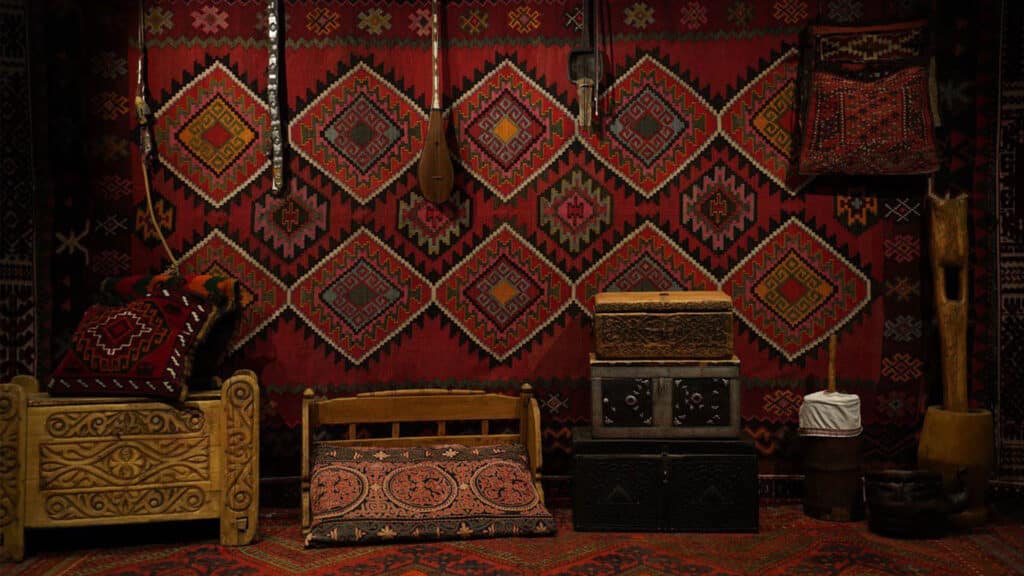
Hungary’s Karcag Kincse Museum of Art recently hosted the exhibition «Nomads of Kazakhstan: Past and Present,» attracting over 12,000 visitors and sparking significant interest.
The exhibition showcased more than 200 unique artifacts reflecting Kazakh history and culture.
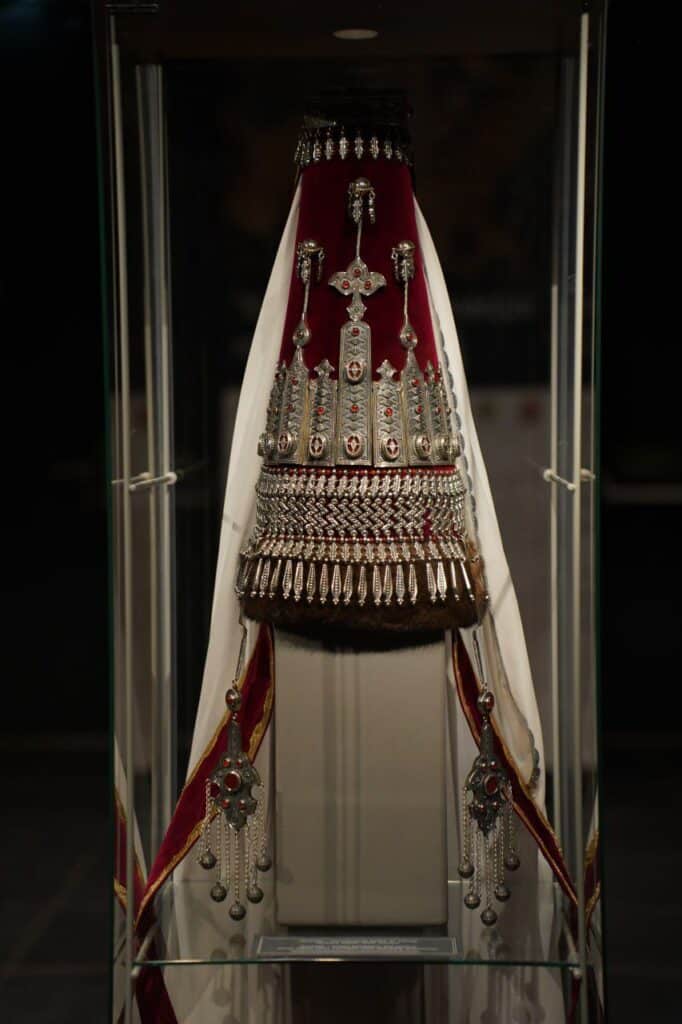
One of the main highlights was the dombra (a two-stringed plucked musical instrument) belonging to the prominent Kazakh poet and thinker Abai Kunanbaiuly, serving as a symbol of the enduring connection between generations.
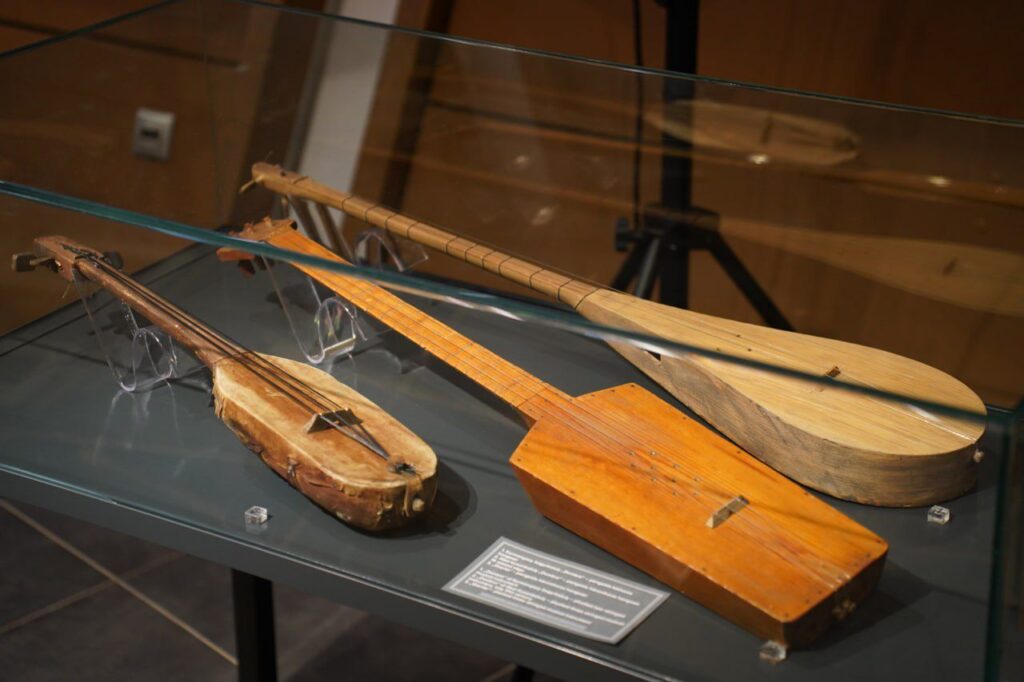
Similar exhibitions have previously been held in Turkey, South Korea, Austria, Italy and the Czech Republic. This year, the series will conclude with the exhibition «Cultural Heritage of the Great Steppe,» set to open on Dec. 12 in Serbia.
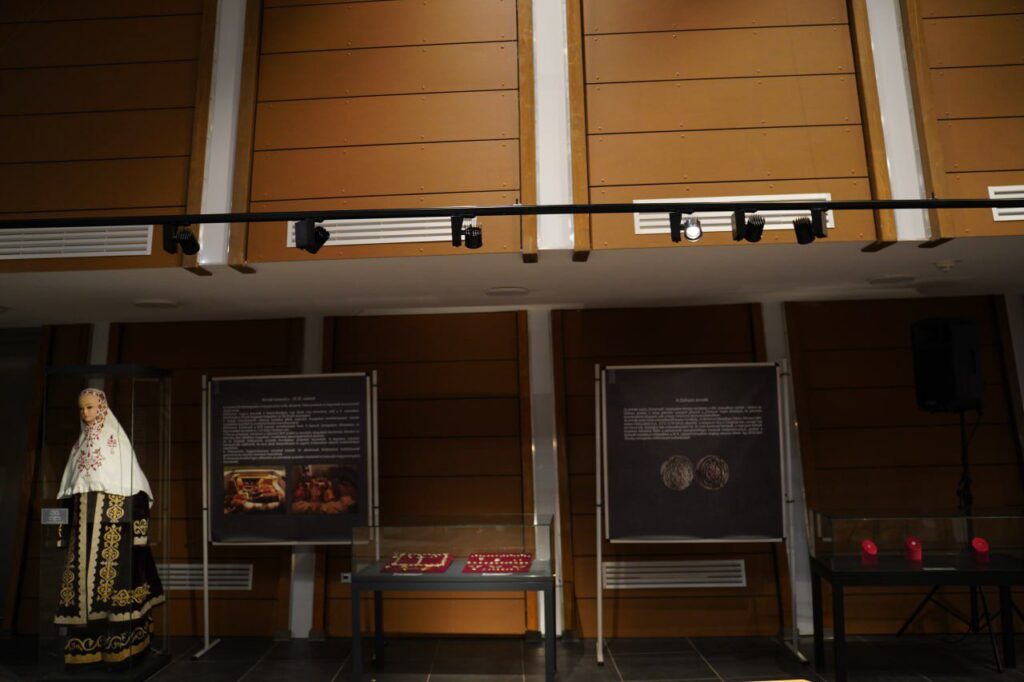
«The project generated significant interest, highlighting the importance of cultural exchange between Kazakhstan and Hungary. Employees from Almaty museums have completed internships at prestigious cultural centers such as the Louvre, strengthening international ties and advancing the cultural sector,» said Gani Mailibayev, head of Almaty’s Culture Department.
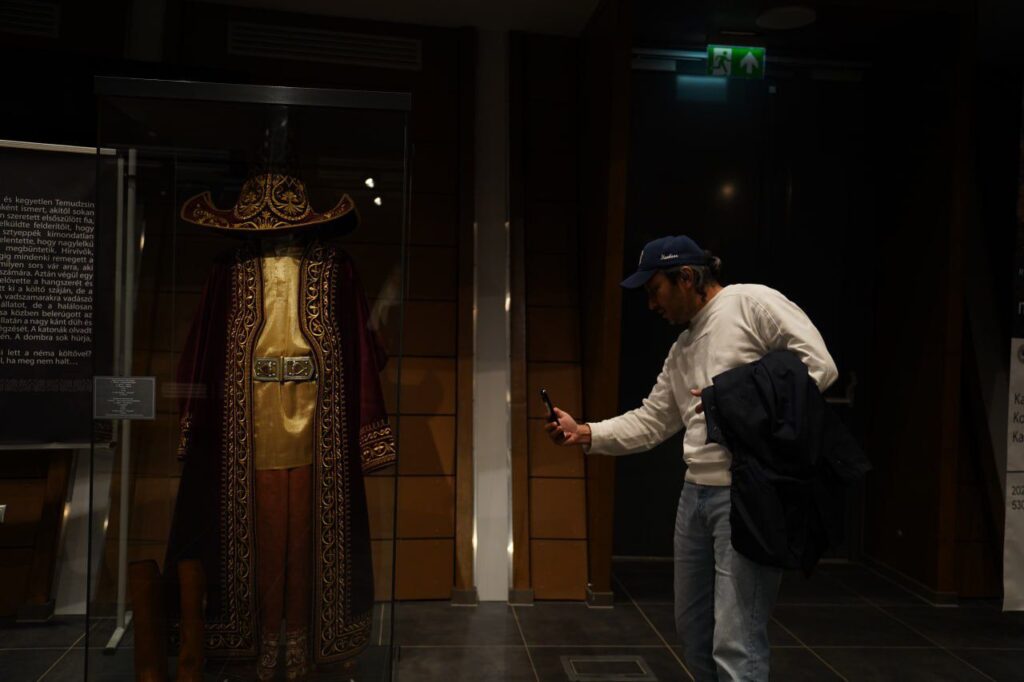
The exhibition was organized by the Almaty Museum Association with support from the city administration (akimat) and the Embassy of Kazakhstan in Hungary.
Historically, Kazakhs and Hungarians share deep cultural connections, with similar customs and linguistic ties. The descendants of the Kipchak tribes, who migrated to Europe from the Torgai steppes during the Middle Ages, now live in Hungary.

